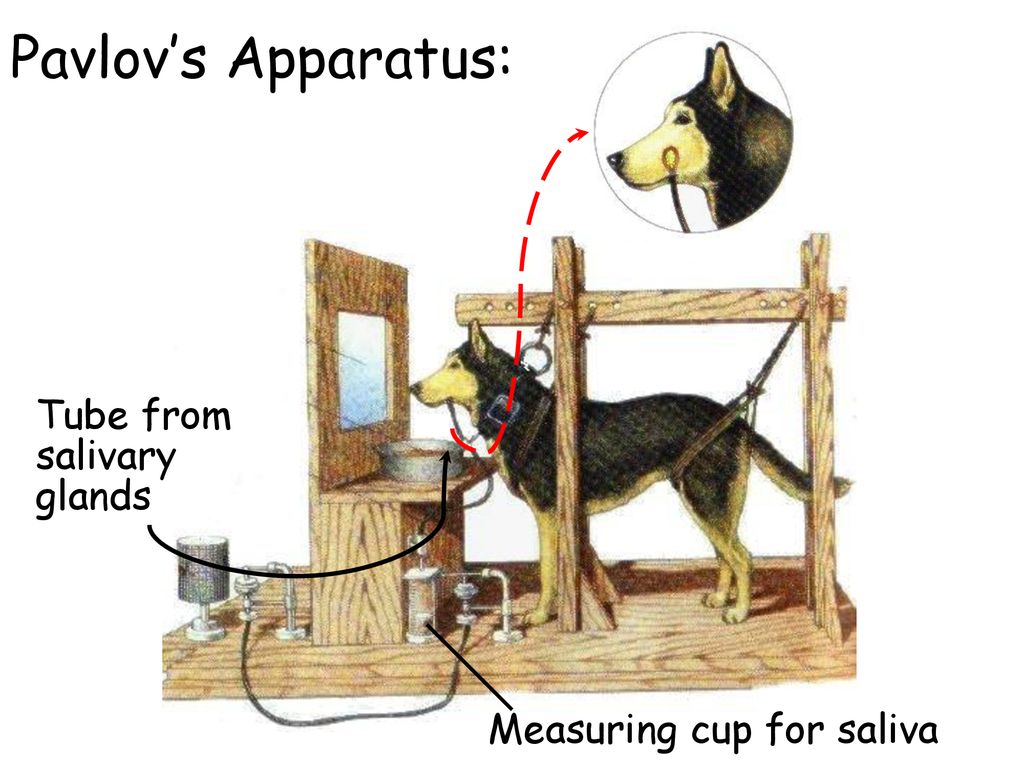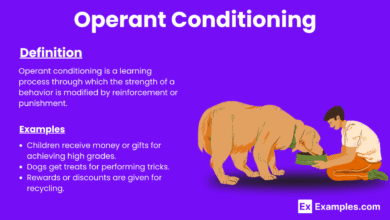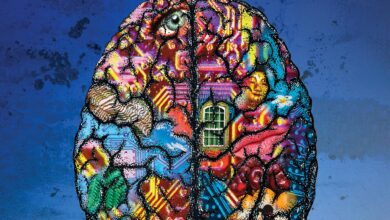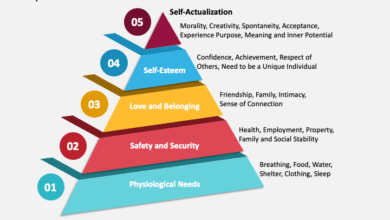Classical Conditioning: The Science of Association
How Does Classical Conditioning Work?

On a quiet afternoon in the late 19th century, Russian physiologist Ivan Pavlov was conducting an experiment that would forever change psychology. His original research focused on digestion, studying how dogs salivate in response to food. However, what he stumbled upon was far more groundbreaking—he discovered that behaviours could be shaped by association.
The Accidental Discovery: Pavlov’s Dogs
Pavlov noticed that his dogs began to salivate before they even saw food. The mere sight of the lab assistant who fed them, or the sound of footsteps approaching, was enough to trigger their drooling instinct. Intrigued, Pavlov devised an experiment that would later become one of the most famous in psychological history.
Each day, before feeding the dogs, he rang a bell—a sound the animals had never associated with food before. Initially, they ignored it. But over time, something remarkable happened. The dogs began to connect the sound with their meals, and soon, the simple ringing of the bell—without food—was enough to make them salivate.
This demonstrated a fundamental principle of learning: a previously neutral stimulus (the bell) could become a powerful trigger for a natural response (salivation), purely through repeated association.
How Classical Conditioning Works
Classical conditioning happens in three essential stages:
- Before Conditioning:
- A natural stimulus (food) automatically produces a response (salivation).
- A neutral stimulus (bell) has no effect on the response yet.
- During Conditioning:
- The neutral stimulus (bell) is repeatedly paired with the natural stimulus (food).
- The brain starts making connections between the two.
- After Conditioning:
- The once-neutral stimulus (bell) now alone triggers the response (salivation)—even if food is absent.
This process illustrates how behaviours can be learned and shaped, even without conscious thought.
Everyday Examples of Classical Conditioning
Though Pavlov’s experiment was conducted on dogs, classical conditioning affects everyone—often without realizing it.
- Emotional Reactions: If a song plays during a happy memory, hearing that same tune years later may spark a wave of nostalgia.
- Phobias: A traumatic experience (like a child being bitten by a dog) can create a lifelong fear, where the sight of any dog induces anxiety.
- Advertising: Brands pair products with positive imagery (like joyful families or luxury settings), making consumers associate their products with happiness.
- Food Cravings: Walking past a bakery and smelling fresh pastries can make your mouth water, even if you weren’t hungry.
The Impact of Classical Conditioning
This concept is widely applied in psychology, especially in therapy. Techniques like systematic desensitisation help people overcome fears by gradually reconditioning their responses to anxiety-triggering situations.
It also explains why habits form and how behaviours can be modified—a crucial insight for learning, parenting, marketing, and mental health treatment.
And to think—it all started with a drooling dog and a simple ringing bell.
1. Classical Conditioning in Education
Teachers often use classical conditioning to create positive learning environments:
- Reward-Based Learning: Students who receive praise or rewards for answering correctly may develop a positive emotional association with learning. Over time, their enthusiasm for studying grows naturally.
- Test Anxiety: If a student repeatedly experiences stress during exams, they may develop a conditioned response where simply seeing a test paper triggers anxiety, even before answering a single question.
- Public Speaking Fear: A shy student who has faced adverse reactions while speaking in class may associate similar situations with embarrassment, leading to stage fright.
However, through behavioural interventions, students can be reconditioned to associate learning and participation with confidence rather than fear.
2. Classical Conditioning in Therapy: Overcoming Phobias
Psychologists use classical conditioning techniques to help patients unlearn negative associations. One well-known method is Systematic Desensitisation, which gradually reduces fear responses.
For example:
- A person terrified of flying might first watch videos of aeroplanes without experiencing anxiety.
- Then, they might visit an airport, getting accustomed to the environment.
- Finally, they board a plane for a short flight, replacing fear with relaxation techniques over time.
This method helps retrain the brain to associate formerly fear-inducing stimuli with feelings of calmness, rather than panic.
3. Classical Conditioning in Marketing & Advertising
Ever wonder why certain brands stick in your mind? Advertisers pair products with positive emotions to condition consumer preferences.
Examples include:
- Luxury Branding: High-end brands often use images of wealth, success, and happiness, making consumers unconsciously associate their products with prestige.
- Fast Food Ads: Showing happy families enjoying a meal conditions viewers to feel warmth and comfort when seeing the brand.
- Celebrity Endorsements: Seeing a beloved actor or athlete using a product can make fans instantly feel more connected to the brand.
4. Breaking Negative Habits Using Classical Conditioning
Classical conditioning is also used to eliminate harmful behaviours:
- Smoking Cessation Therapy: Some methods pair cigarettes with unpleasant experiences to weaken cravings.
- Substance Abuse Treatment: Behavioural therapy helps recondition addicts to associate former triggers (people, places, events) with healthier responses instead of relapse.
- Diet & Exercise: Associating physical activity with small rewards or enjoyable experiences can help sustain motivation over time.
Final Thoughts
Classical conditioning plays a huge role in everyday life—shaping habits, emotions, fears, and even purchasing decisions without us realizing it. Whether it’s overcoming phobias, marketing strategies, or breaking unhealthy behaviours, the principles discovered by Pavlov continue to influence education, therapy, and society today.



